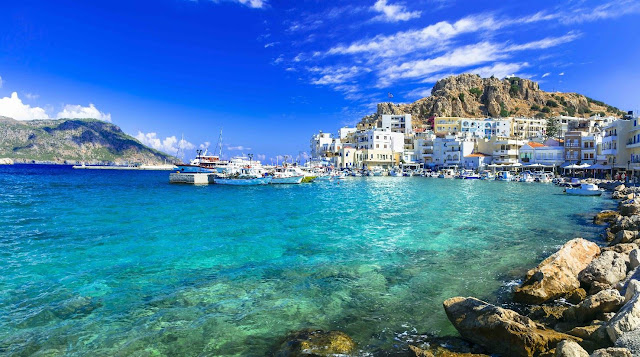Orvieto - Warm Sunsets with chilled white wine
The cathedral at the top of the old town stands high and mighty. It magnanimously spreads its refreshingly cool shade across the sun-baked square. In a country of awesome art and unrivalled cathedrals, this one breaks the mould. Forget beautiful artwork recounting the Stations of the Cross, instead just spend time taking in this cathedral’s gothic facade. The rich carvings tell their gory tale of the just desserts of ancient, one presumes, Orvietans, in a Dante-like layering down from Heaven to Hell. And they sure know how to live in Orvieto. All sorts of fun is being had in a series of cavorting drunken parties. But like all good moral tales, there’s a high price to pay. As your eye wanders down, the revellers’ fate is revealed, as demon hounds of Hell with ghouls tear their captives limb from limb in a pit of sulphuric fire. Hangovers were far worse way back when.
Which brings me on to the other great thing about Orvieto. The wine. Famous across Umbria, Orvieto wine is crisp, clean and served chilled. Forget the food. Perfection is achieved with good company on a hot afternoon sat at a town square table, watching the world go by.
From the cathedral, it’s well worth taking a tour of the caves underneath the city. Who would have known? The city’s ancient occupants, the canny Etruscans, not trusting the rampant Romans to the South, dug a massive system of tunnels into the rocks as escape routes and as a subterranean well and cistern system to draw and store water. Not only were they clever plumbers, but they also trained pigeons to roost in the caves and so serving as a fresh food store. All this became very handy when their fears came true and the aforementioned rampant neighbours sieged them for several months. Unfortunately, the Etruscans eventually ran out of pigeons and the city was destroyed. Fortunately, to this day though, pigeon remains a popular Orvietan dish. (Unless you are an Orvietan pigeon, that is).



Comments
Post a Comment